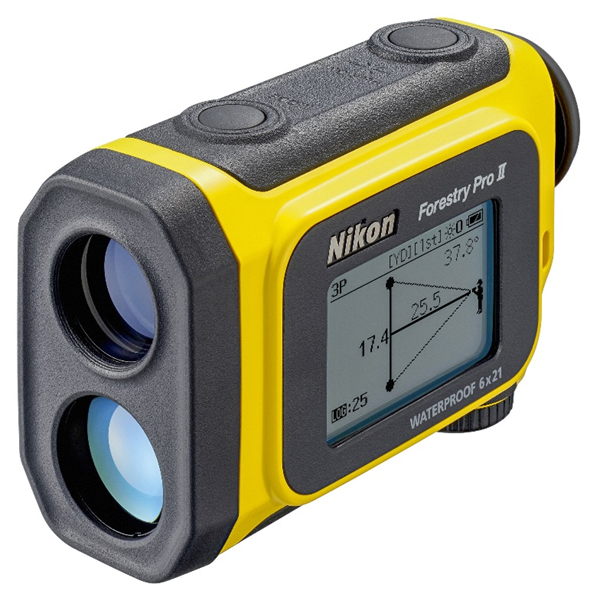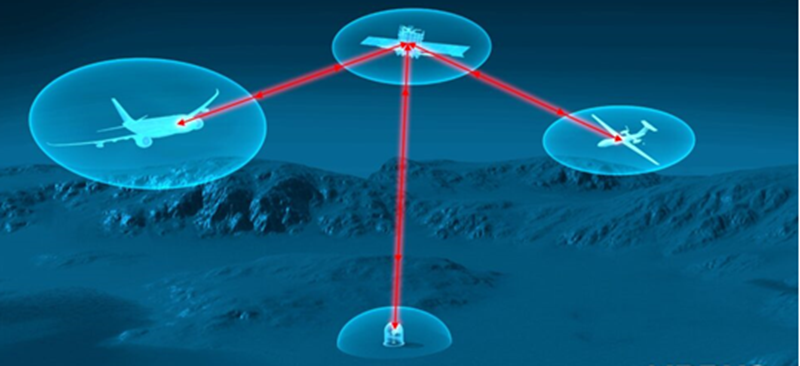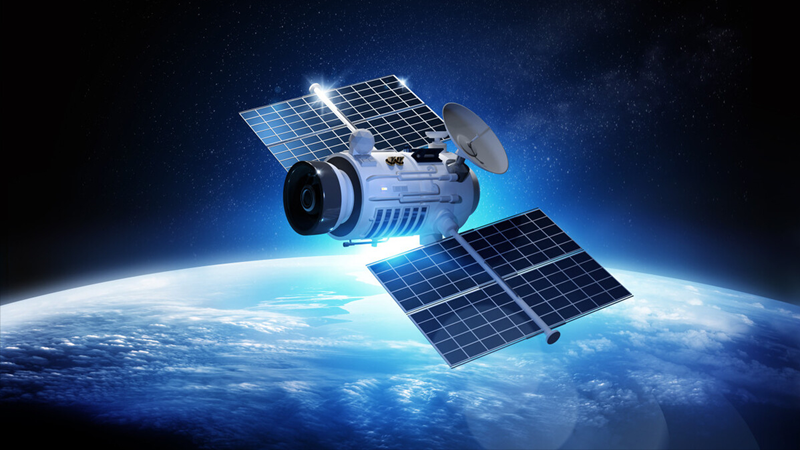The application of lenses in the military field covers several core scenarios such as reconnaissance, aiming, guidance, and communication. The technical design needs to take into account the adaptability to extreme environments, optical performance, and concealment. The specific application scenarios and technical details are as follows:
Night Vision and Thermal Imaging Systems
01 Infrared Thermal Imager
Technical Details: Utilizes lenses made of germanium (Ge) or zinc sulfide (ZnS), compatible with mid-wave infrared (3-5 μm) or long-wave infrared (8-12 μm) bands. It works in conjunction with uncooled focal plane detectors (such as vanadium oxide VOx) to achieve target detection at night.
FLIR Systems’ Breach PTQ-336 thermal imaging camera
Equipped with a 35mm germanium lens, it has a detection range of over 1km and supports tactical assaults.
02 Miniature Night Vision Goggles
Lens design: It uses high-transmittance glass (such as Schott N-BK7) with a multi-layer anti-reflection film (MgF₂/ZrO₂), with a transmittance of more than 95%. It can amplify weak light when used with an image intensifier (such as Gen 3 MCP).
Application scenarios: Special forces night operations and border patrols.
LASER WEAPONS AND RANGE FINDING SYSTEMS
01 Laser rangefinder
Technical Challenges: Must withstand high power lasers (e.g. Nd:YAG lasers with pulse energies >10mJ). Lenses are made of fused silica or YAG ceramics with a laser induced damage threshold (LIDT) >20 J/cm².
Typical Equipment: Leica Rangemaster CRF 2800, with a measurement accuracy of ±1 meter (within 2800 meters), featuring an integrated high-transmittance glass lens group.
02 Laser Guidance System
Lens Function: The lens shapes the laser beam (such as CO₂ laser) into a specific spot, which is coupled to the target through mirrors or optical fibers to achieve precise strikes.
ELECTRO-OPTICAL RECONNAISSION AND TARGETING SYSTEM
01 Sniper scope and telescope
Apochromatic Design: Utilizes ED (Extra-low Dispersion) glass or calcium fluoride (CaF₂) lenses to eliminate dispersion in the visible spectrum and improve target recognition accuracy.
02 Airborne/Satellite Reconnaissance
Large aperture optics: Catadioptric telescopes (such as the Ritchey-Chrétien design) combined with lightweight lens systems, with apertures greater than 1 meter, are used for high-resolution Earth observations.
The application of lenses in the military field is shifting from traditional optics to intelligent and integrated solutions, and there will be a broader market development in the future.
Post time: Mar-27-2025








